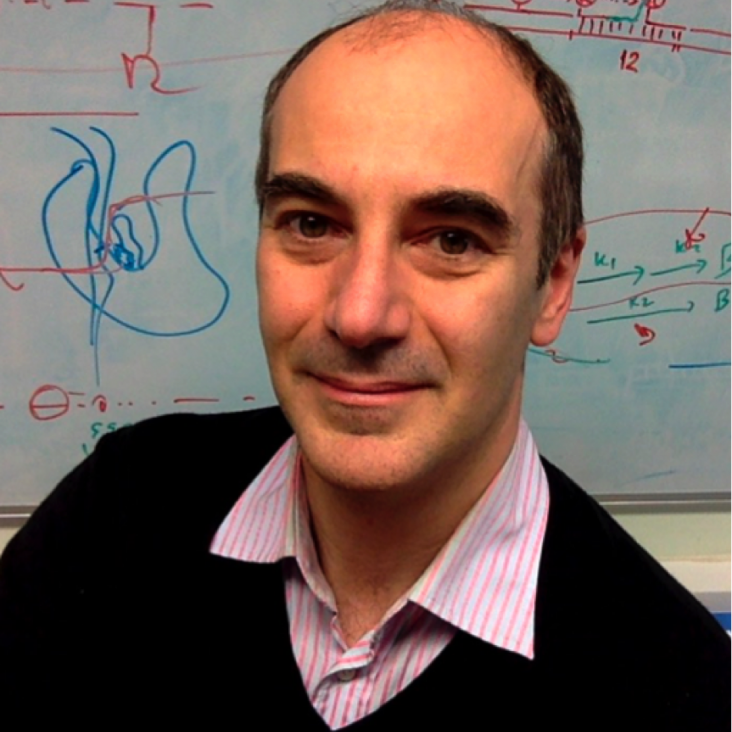A protein biosensor that relies on bending of single DNA molecules.
Chemphyschem 13:4 (2012) 918-922
Abstract:
A "bendy" protein sensor: A DNA-based sensor that uses folded DNA (through DNA kinks) and protein-induced bending to detect DNA-binding proteins is presented. Single-molecule sensing of a transcriptional activator (catabolite activator protein, CAP, which bends its DNA site by 80°) is demonstrated in solution and on surfaces, both in buffers and in cell lysates. The method should allow detection of a wide range of DNA-bending proteins.Regime-Changing Hidden Markov Modeling and Statistical Analysis for Complex Single-Molecule Time Series
Biophysical Journal Elsevier 102:3 (2012) 595a-596a
Single-Molecule DNA Repair in Live Bacteria
Biophysical Journal Elsevier 102:3 (2012) 14a
Single-Molecule FRET in Living Bacteria
Biophysical Journal Elsevier 102:3 (2012) 234a
Single-Molecule Fluorescence Studies of Site-Specific DNA Recombination
Biophysical Journal Elsevier 102:3 (2012) 283a


